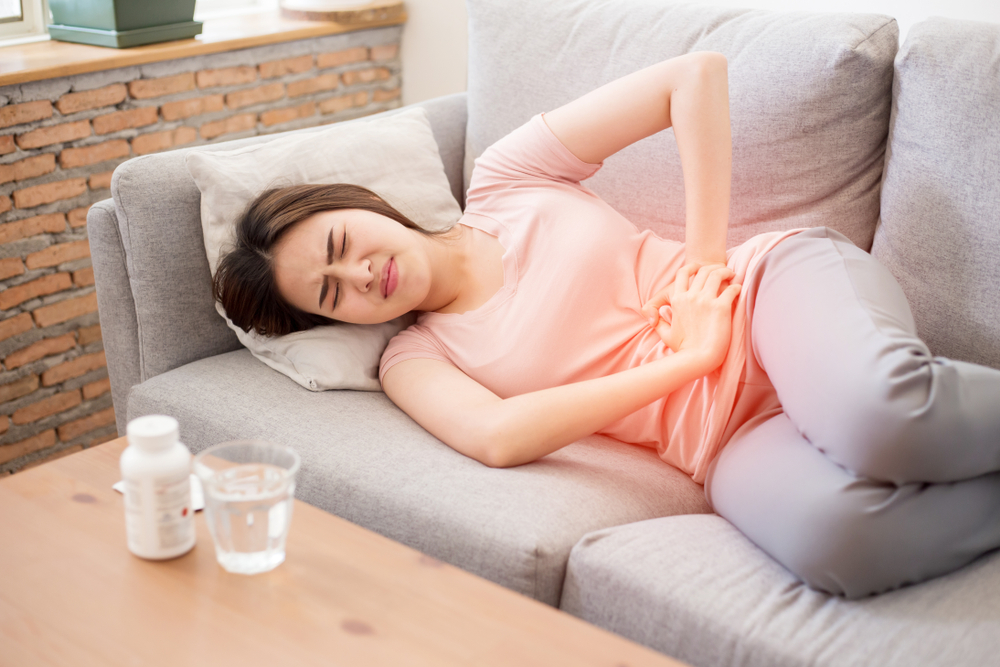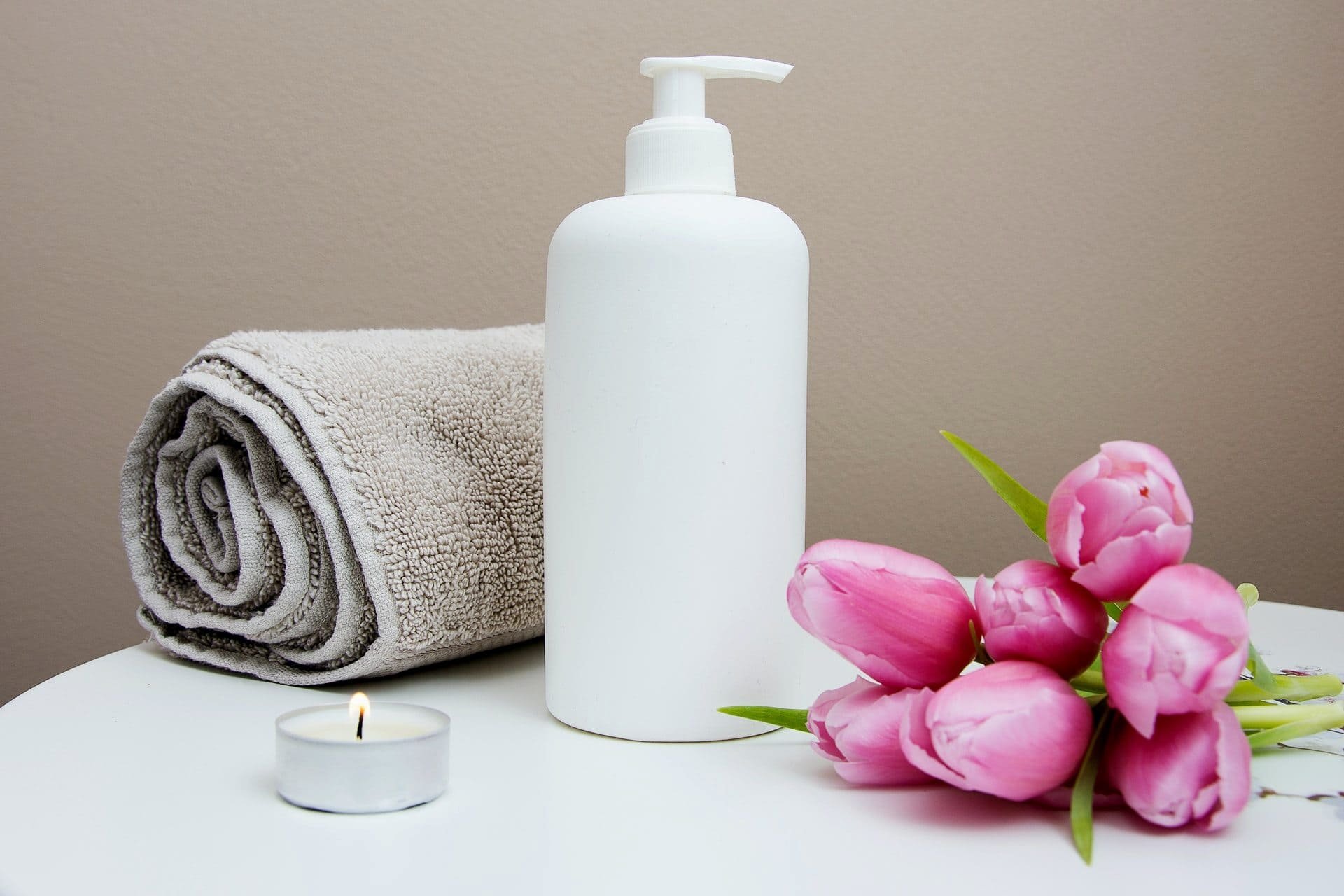Contents
Can Sanitary Pads Cause Yeast Infections?

Yes, sanitary pads can increase the risk of developing a yeast infection, also known as vaginal candidiasis. Here’s how:
1. Moisture and Heat Trap:
Sanitary pads absorb menstrual blood and discharge, creating a warm and moist environment around the vulva and vagina. This is an ideal breeding ground for the fungus Candida albicans, which causes yeast infections.
2. Irritating Materials:
Some sanitary pads contain fragrances, dyes, or other irritating chemicals that can disrupt the natural balance of the vaginal microbiome. This can increase the susceptibility to yeast infections.
3. Infrequent Changing:
Wearing a sanitary pad for too long allows bacteria and yeast to grow and multiply, creating an environment conducive to infection.
4. Tight Underwear:
Wearing tight underwear made from synthetic fabrics can trap moisture and heat,

Tips for Preventing Yeast Infections
When it comes to preventing yeast infections, there are several proactive steps you can take to minimize your risk. By following these tips, you can maintain good hygiene and reduce the likelihood of developing an uncomfortable yeast infection.
- Choose the Right Sanitary Pads: Opt for sanitary pads that are made of breathable materials, such as cotton. These pads allow for better air circulation, keeping the genital area dry and preventing the growth of yeast. Additionally, consider using reusable cotton pads or period pants, as they can further reduce irritation and the risk of infection.
- Change Sanitary Products Regularly: It is crucial to change your sanitary pads frequently, especially during your menstrual cycle. Moisture and warmth create the perfect environment for yeast to thrive, so it’s important to keep the vaginal area as dry as possible. Regularly changing your pads helps to minimize the risk of developing a yeast infection.
- Practice Good Hygiene Habits: Maintaining good hygiene is essential in preventing yeast infections. Be sure to wash your hands regularly, especially before and after handling sanitary products. Avoid using perfumed soaps and shower gels, as they can disrupt the delicate balance of vaginal flora and increase the risk of infection.
- Wear Breathable Clothing: Opt for breathable underwear made of cotton, which helps to keep the vaginal area dry. Avoid wearing tight-fitting, synthetic clothing that can trap moisture and heat. When you’re done with activities that cause sweating, such as exercising or swimming, change out of sweaty clothes or a wet bathing suit immediately.
- Avoid Irritants: Some products can irritate the vaginal area and increase the risk of yeast infections. Avoid using perfumes, scented sanitary products, colored toilet paper, and douching. These can disrupt the natural pH balance of the vagina and promote the growth of yeast.
- Maintain a Healthy Lifestyle: A healthy lifestyle plays a vital role in preventing yeast infections. Factors such as hormonal imbalances, frequent antibiotic use, uncontrolled diabetes, and a weakened immune system can contribute to the development of yeast infections. Therefore, strive to maintain a balanced diet, exercise regularly, manage stress levels, and get enough sleep to support a healthy immune system.
By following these tips, you can reduce your risk of developing yeast infections and maintain optimal vaginal health. Remember, if you experience recurrent or persistent yeast infections, it’s important to consult a healthcare professional
Frequently Asked Questions
What is the fastest way to get rid of a yeast infection?
Over-the-counter or prescription medications are generally considered to be the fastest and most effective treatment option for vaginal yeast infections. The majority of vaginal yeast infection medications belong to a category of antifungals known as azoles, which work by stopping the growth of yeast.
Can drinking a lot of water flush out a yeast infection?
Water is one of the most powerful remedies to combat a yeast infection. Though there are several cures for combating yeast infection, water remains the best remedy. Yeast feeds on the sugar present in your body and leads to infections.
Can leaving a pad on too long cause yeast infection?
Trapped moisture provides a breeding ground for bacteria and fungus, and wearing a pad for too long can lead to an infection, including a yeast infection. A damp pad and friction can also cause irritation or the dreaded pad rash and make you more susceptible to infection.
Can yeast infection heal on its own?
Sometimes, yeast infections might go away on their own. If they’re going to do so, the infection should resolve itself within a week. But you might want to get it checked out anyway. Untreated yeast infections can cause the Candida bacteria to spread throughout your bloodstream.
I am a medical student with experience and interest in Women’s health and well-being.